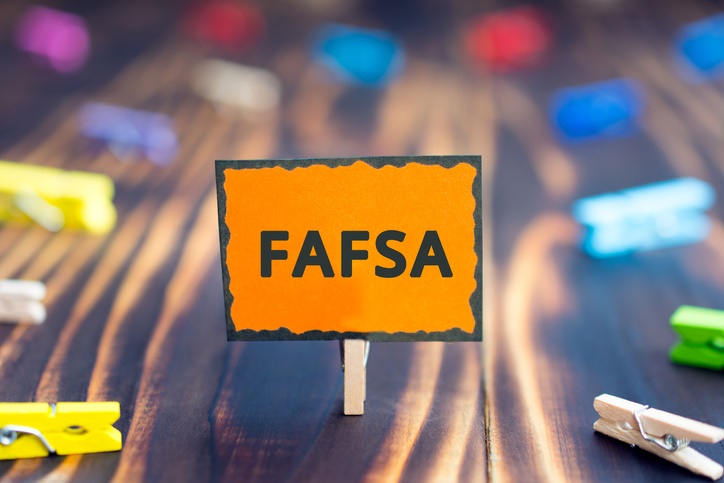FAFSA Resources for Students and Professionals





Last week, the Department of Education wrapped up its four-day virtual Federal Student Aid (FSA) Training Conference. The conference mainly serves as an annual training for financial aid professionals who disburse federal aid to students on campus.
COVID-19 has created a great deal of uncertainty among students and families, as well as admission and financial aid professionals. Foremost among these uncertainties is the fact that there has been a 15 percent decline in FAFSA submissions from high school seniors nationwide compared with the same time last year.
Now, more than ever, students and families need information and support to complete the financial aid process.
Some resources highlighted at the conference include:
- Annual Student Loan Acknowledgment – For new and current borrowers, this tool helps students determine how much they will owe at the end of their degree and provides an estimate of their average expected salary.
- Studentaid.gov – This website serves as a one-stop shop for students, families, and counselors seeking information about federal financial aid.
- Aidan virtual assistant – This virtual assistant answers frequently asked FAFSA questions. Currently in a beta version, students who are part of the pilot program will be able to log into their account to access the Aidan owl icon.
- myStudentAid – This mobile app allows students to submit their 2021-2022 FAFSA right from their phones, check for updates on their FAFSA status, and receive notifications.
- Pell Grant funding updates – Grant levels for 2021-2022 are expected to be published by Feb. 1, contingent on a full-year appropriation and the FSA spending budget. As a reminder, the 2020-2021 maximum federal Pell Grant award is $6,345. On average, the Pell Grant covers 30 percent of the base cost of attending a public college (tuition, fees, room, and board).
Last month, NACAC CEO Angel B. Pérez issued a call to action, asking everyone to reach out to one additional student who needs help completing a FAFSA. While FAFSA submissions are down nationwide, there are tools counselors can use to encourage students to submit. Visit NACAC’s financing college resources webpage for more information and to take advantage of our Financial Aid 101 e-learning course, which confers continuing education hours.
Another way for school counselors and college advisers to increase FAFSA submissions is to reach out to a nearby postsecondary institution to invite their admission or financial aid staff to provide educational sessions for students and families. Finally, the National College Attainment Network (NCAN) has a FAFSA campaign called Form Your Future that includes a comprehensive guide for college advisers and tools to help you engage students on social media.
With everyone’s help, we can help keep students on track to make a successful transition to postsecondary education.
Tiziana G. Marchante is NACAC’s project coordinator for educational content & policy. You can reach her at tmarchante@nacacnet.org.
Published at Tue, 15 Dec 2020 01:00:50 +0000